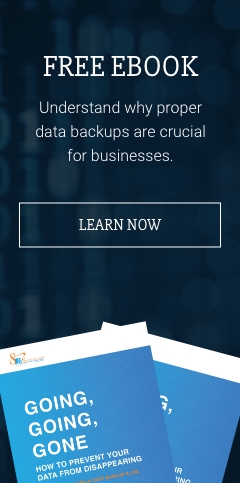As cyberattacks become more sophisticated, it’s no longer enough to use passwords to secure our online accounts. This is why big companies like Microsoft and Google are shifting to more modern security solutions like two-factor authentication (2FA) and multifactor authentication (MFA). 2FA and MFA are authentication methods that verify the identity of a user on top of a password.
But how do 2FA and MFA differ? Is one more secure than the other? Let’s take a closer look.
What’s the difference between 2FA and MFA?
As the names imply, 2FA requires only two factors to authenticate a user while MFA requires two or more. This means that all 2FAs are MFAs, but not all MFAs are 2FAs.
What is considered a factor? Here are some examples:
- Knowledge: Something you know, such as a password, PIN code, or answers to security questions
- Possession: Something you have, like a smart card, physical security key or a one-time passcode (OTP)
- Inherence: Something you are, such as a voice recognition, fingerprint, or facial or retina scan
Is MFA more secure than 2FA?
Yes. Requiring three or more different factors for authentication is more secure than requiring just two. This is because even if cybercriminals can easily crack passwords, it’s highly unlikely for them to also get a hold of a user’s physical security key and mobile device. Fingerprints and other inherence factors are even more difficult to steal, making them one of the strongest authentication methods today.
But before you implement MFA in your company, consider the user experience first. If your security controls are too long or complicated, employees could start looking for ways to bypass the system. For instance, they might reuse passwords for multiple accounts, use easy-to-guess passwords like “12345678,” “fo0tball,” “passw0rd,” or write down passwords on sticky notes. If three or more authentication factors are too inconvenient for your business, then two factors may be enough.
The future of 2FA/MFA
Currently, MFA already provides a better level of security than solely using passwords. And with the accessibility of smartphones, MFA deployment has become even more affordable and practical. Moving forward, Ahmed Amin, founder of data replication company GuruSquad, predicts that MFA will become independent of passwords in favor of biometric authenticators such as fingerprints, retina, and facial scan.
What’s more, app-based authenticators like Google Authenticator and Microsoft Authenticator will become more prevalent. When a user sets up an authenticator app with a website, that site generates a secret key — a random collection of numbers and symbols in the form of a QR code. Once the user scans the code with the authenticator app, the key is then saved to their device.
The next time they log in to that website, it will ask them to check the authenticator app for a code. The app generates that code by combining the key the website gave the user with the current time. If the key in the access code matches the one the website generated, it knows the right person is trying to sign in.
Finally, the use of SMS- and voice-based authentication factors will likely be discontinued. The OTPs these factors send aren’t encrypted, making them easily stolen by cybercriminals via man-in-the-middle attacks. Additionally, cybercriminals may trick mobile network providers into transferring a user’s phone number onto their SIM card, granting them access to OTPs and password reset links.
Implementing 2FA/MFA is only one part of an effective business cybersecurity strategy. To maximize your company’s protection, partner with Safebit Solutions. We will proactively monitor your network 24/7/365 and install security patches before cybercriminals can exploit any software vulnerabilities. To learn about the cybersecurity solutions your company must have, download our FREE eBook today.


